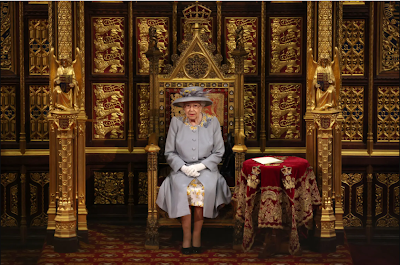Queen Elizabeth II has died, according to Buckingham Palace, setting off an outpouring of grief in Britain for the 96-year-old monarch, who reigned for 70 years.
She died at Balmoral Castle, her beloved summer home in the Scottish Highlands. Many of her four children, eight grandchildren and 12 great-grandchildren were at Balmoral or on their way there, including her son Prince Charles, the heir to the throne.
Buckingham Palace in while ago released the following statement: “The Queen died peacefully at Balmoral this afternoon. The King and The Queen Consort will remain at Balmoral this evening and will return to London tomorrow.”
Her last public appearance was on Tuesday, when the queen, smiling and holding a walking stick, greeted Liz Truss, Britain’s new prime minister, in the drawing room at Balmoral. Ms. Truss was the 15th British prime minister to have an audience with the queen upon taking office, a testament to the longevity of Elizabeth, who served for many Britons as a beacon of stability amid political instability, economic crisis, social unrest and war.
The queen’s declining condition had been a source of concern for years, forcing her to cancel many public appearances. A bout of Covid-19 in February left her exhausted, she said, and during the Platinum Jubilee celebrations in June that marked her 70 years on the throne, she appeared on the balcony of Buckingham Palace to watch a parade but skipped most of the other festivities.
President Emmanuel Macron of France said in a post on Twitter that the queen had embodied the “continuity and unity” of the British nation for over 70 years. “I remember her as a friend of France, a kind-hearted queen who has left a lasting impression on her country and her century,” he wrote on Twitter.
As the queen’s death was announced on Thursday, two rainbows were visible to crowds gathered near the Queen Victoria Memorial outside of Buckingham Palace.





























